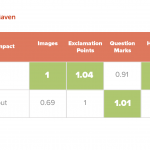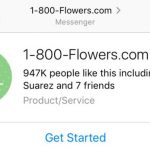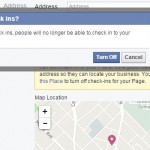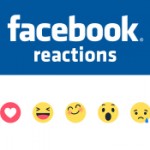Publishers turn to ads, search following Facebook’s News Feed change
Media companies are turning to paid distribution and other platforms to insure them against Facebook’s latest algorithm update.
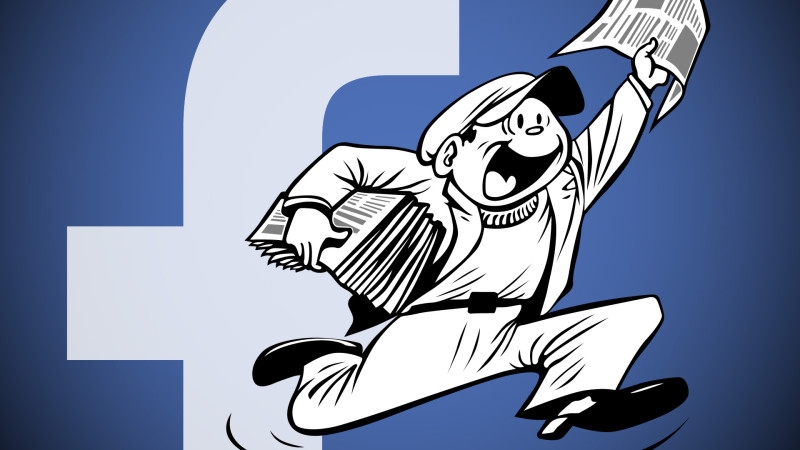
Chris Tolles should be freaking out right now. As CEO of news aggregation site Topix, his is one of the media companies that would seemingly be most affected by Facebook’s recent News Feed algorithm change, which is expected to throttle the traffic the social network sends to publishers’ sites. According to SimilarWeb, in December 2016, Topix received 37 percent of its US desktop visitors from Facebook. Yet Tolles isn’t too troubled.
“We’ve experienced this platform holdback before with search,” said Tolles, referring to Google’s Panda update, which choked traffic to sites that published content specifically designed to rank highly in its search results. Following Google’s move, Topix switched its focus from search to social, publishing slideshows, quizzes and other articles intended to elicit high engagement. But it also adjusted its approach to harnessing platforms to attract traffic — turning to purchasing paid media.
“The whole thesis was we’re going to get traffic by working with platforms in a way that they should be aligned with, which is to pay them money,” said Tolles.
Publishers willing to pay to play
Since 2014, Topix has paid Facebook to promote links to its articles as ads on the social network. Last year, the publisher typically spent $1 million to $3 million a month on Facebook ads and attributes 90 percent of its 50 percent increase in site traffic to that ad-buying program.
“Facebook is in a weird place where they don’t want anyone to depend on them for traffic, but when you buy from their ad people, they’re like, ‘We want to be your number one for traffic,’” said Tolles.
Topix isn’t the only media company to have observed how Facebook made its News Feed largely a pay-to-play environment for brands. Many expected that the company would eventually end the free ride for publishers, as well.
When Fatherly COO Michael Wertheim first learned of Facebook’s latest algorithm change, “it was a little bit of a shrug. Everybody knew this was coming for a long time,” he said. And while Fatherly — which received 23 percent of its US desktop traffic in December from Facebook, per SimilarWeb — had preemptively made moves to mitigate any negative impact, such as prioritizing content that prompted shares and comments and likes, it had also “always used Facebook for paid distribution in part,” he said.
“Everyone should always be using paid to some degree to help enhance the content that they see is popping organically,” said Mike Fox, who served as Facebook’s director of marketing from 2009 to 2014 and is now CMO of travel publisher Culture Trip. Facebook accounted for 37 percent of Culture Trip’s US desktop traffic in December, according to SimilarWeb.
How much are publishers willing to pay?
However, it’s not yet clear what the mix should be between organic exposure and publishers paying to deliver their content to Facebook’s audience.
Spending seven figures per month on the social network’s ads, Topix seems to be on the extreme end of the spectrum. But the company is willing to invest so much money in Facebook because it’s able to make so much money in return, said Tolles, adding that the company made $36 million in 2016 and has turned a profit ever since adopting the paid distribution strategy in 2014.
“We make money on every single [ad] purchase,” Tolles said. On a daily basis, Topix runs roughly a thousand different campaigns that span a thousand different audience segments, and it prices those buys so it’s never paying more for a visit than what it can make from that visit.
According to Tolles, the click-through rate on Topix’s ads range between five and 10 percent, its visitors average 70 pageviews per session, and its average piece of content generates more than $30,000.
But again, Topix seems to be very much an outlier. Even the publishers that recognize the advantages of paid distribution are wary of becoming overly reliant on it.
Fatherly spends “a minute fraction” of Topix’s Facebook budget, Wertheim said, and the company does not expect to increase that budget in the wake of Facebook’s change.
Instead, Wertheim expects to shift how that money is spent so that more of it goes toward ads on Facebook soliciting people to sign up for Fatherly’s newsletter, an attempt to convert the audience that Fatherly had been effectively renting from Facebook into one that it owns outright.
The search for alternatives
Cultura Colectiva would appear to be as likely as anyone to ramp up its ad buying on Facebook as the Latin American publisher pushes into the US. But that’s not the plan.
“I don’t think that we need to invest more on Facebook,” said Cultura Colectiva CEO Luis Enríquez. “What we have to do is to diversify, and we knew this was coming one year ago. So I think [we will be] investing in other platforms. From our point of view, it’s not smart to invest on Facebook and depend more on Facebook; it’s more intelligent to diversify the traffic sources.”
In particular, Cultura Colectiva plans to prioritize search platforms like Google and Pinterest. So does Fatherly, which sees relative stability in the “logic for some of the basic elements of search that won’t change,” said Wertheim, specifically citing headline optimization, having constantly updated content and managing the volume of content published.
“Maybe some of the priorities of some of that has changed in the algorithm,” Wertheim said, “but there are certain principles of search that are really logical, that I think, if you continue to follow, are fairly resistant to algorithm changes.”
Back to the future — or the past
As much as it sounds like publishers’ pendulum has swung back and forth — first fleeing from Google’s Panda update to Facebook and now returning to Google after Facebook’s News Feed change, that’s not necessarily the case. In the past, publishers may have been willing to go all-in on particular platforms, but increasingly they have realized the leverage they lose through those strategies. Now they recognize that perhaps the best leverage they have is in leveraging the platforms against one another.
“What we’re really seeing is a sort of back to the future situation — or a back to the past situation — where, before Facebook, you had to grow your site and… everyone was focused on the diversification of sources. And then Facebook just became the easiest way to grow your traffic with the least amount of friction. And now you’re seeing the reversion to frankly smart business practices,” said Wertheim.
Marketing Land – Internet Marketing News, Strategies & Tips
(32)





